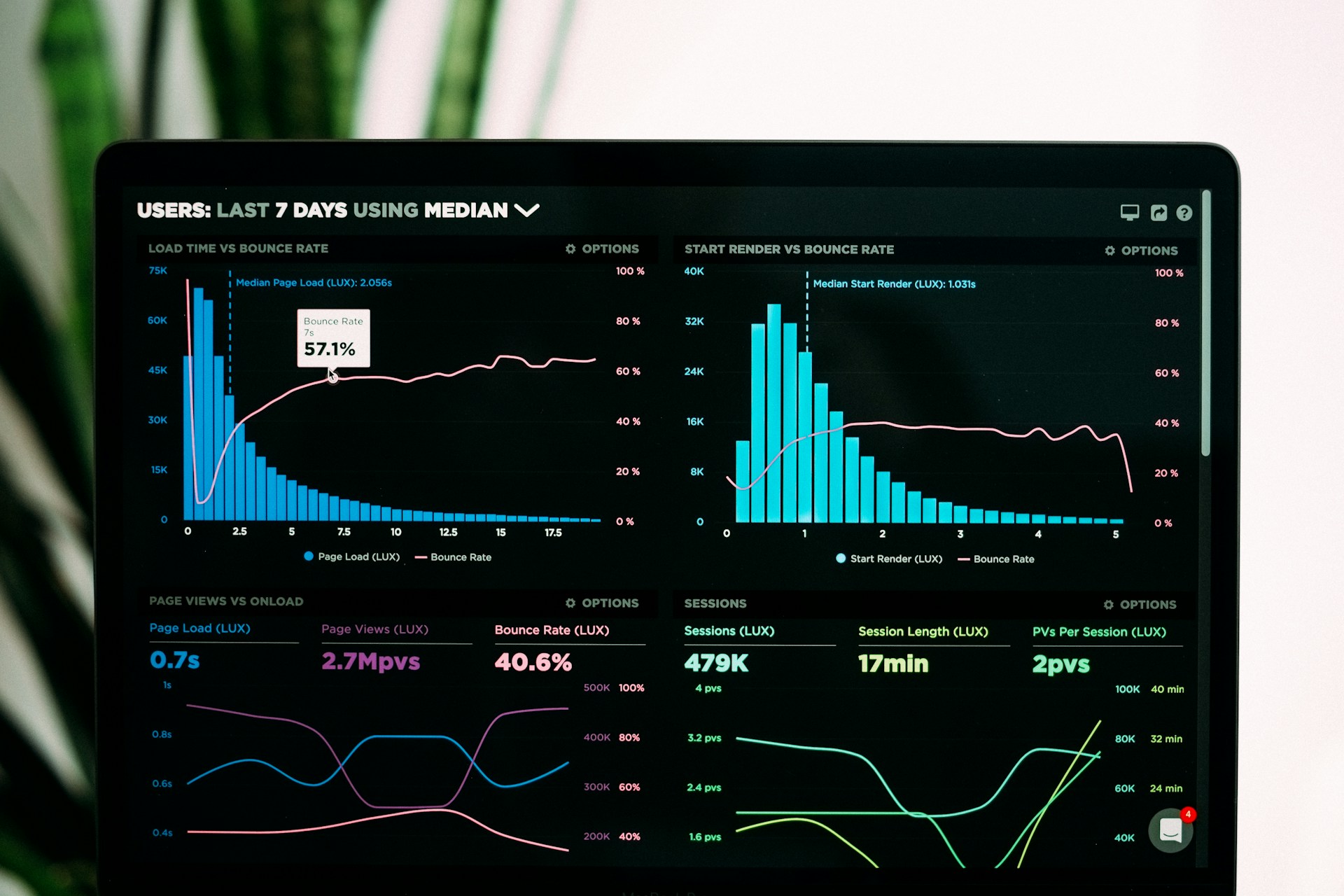Understanding the long-term financial health of leasehold properties in the UK is essential for buyers and investors. Leasehold agreements can appear attractive but may come with hidden costs that impact overall value. This guide offers a thorough evaluation of factors such as ground rent, service charges, and lease lengths, enabling you to make informed decisions. Explore how these elements play a pivotal role in long-term investment success and uncover strategies for maximizing property value in the leasehold market.
Understanding Leasehold Properties
Leasehold properties present a unique opportunity for long-term investment, but understanding their intricacies is crucial. Unlike freehold properties, where ownership of both the building and the land is permanent, leasehold properties involve owning the building but leasing the land for a specified period, often ranging from 99 to 999 years. This distinction is vital for assessing the financial viability of such investments.
Dans le meme genre : How can UK homeowners effectively dispute council tax bands for property revaluation?
The lease terms and conditions play a pivotal role in determining the property's value and future prospects. Key aspects to consider include the lease duration, ground rent, and any potential service charges. These factors can significantly influence the property's appeal and financial outlook. For instance, a shorter lease might require renegotiation or extension, often involving additional costs.
Understanding these elements helps in making informed decisions about leasehold properties. It's essential to scrutinise the lease agreement thoroughly, ensuring clarity on renewal terms and any restrictions that may apply. This understanding not only aids in evaluating the property's current value but also its long-term potential, making it a sound investment choice for those willing to navigate its complexities.
Sujet a lire : What are the most cost-effective ways for UK landlords to comply with new energy efficiency regulations?
Valuation Methods for Leasehold Properties
Understanding the valuation of leasehold properties is essential for making informed investment decisions. Various methods are employed to evaluate these properties, each with unique considerations.
Common Valuation Methods
-
Comparative Method: This approach involves analysing recent sales data of similar properties in the area. It provides insights into the market value by comparing features such as location, lease duration, and condition.
-
Income Approach: Here, the focus is on the potential income the property can generate. This method calculates value based on expected rental income, factoring in lease terms and market demand.
-
Cost Approach: This method considers the cost of replacing the property, taking into account construction expenses and depreciation. It’s useful when unique features or limited comparable sales are present.
Factors Influencing Value
Several factors impact the valuation of leasehold properties:
- Lease Duration: Shorter leases may reduce value due to the need for renewal negotiations.
- Ground Rent: High ground rent can affect attractiveness and financial assessment.
- Market Trends: Recent property sales data are crucial for accurate market analysis. They reflect current demand and pricing trends, ensuring a precise property valuation.
Key Factors Affecting Leasehold Properties
Understanding the market trends is essential when assessing leasehold properties. These trends dictate the demand and supply dynamics, directly influencing property values. For instance, a high-demand area can significantly boost a property's market value, while a decline in demand might necessitate price adjustments.
The location impact cannot be overstated. Properties in prime locations often command higher values due to their accessibility, amenities, and overall desirability. Conversely, properties in less sought-after areas may require additional incentives to attract potential buyers or tenants.
Property maintenance is another crucial factor affecting leasehold properties. Regular upkeep ensures the property's longevity and appeal, positively impacting its market value. Neglected maintenance can lead to depreciation, reducing the property's attractiveness and financial viability.
Lease length and ground rent also play pivotal roles in financial assessments. Shorter leases may require renegotiation, potentially incurring extra costs, while high ground rent can deter prospective investors. Understanding these elements is crucial for accurate financial forecasting.
By considering these factors, investors can make informed decisions, ensuring they capitalise on opportunities while mitigating potential risks associated with leasehold properties. This comprehensive approach aids in maximising returns and securing a sound investment.
Legal Considerations in Leasehold Agreements
Navigating lease agreements requires a comprehensive understanding of key legal terms and conditions. It's crucial to review aspects such as the lease duration, renewal clauses, and any restrictions or obligations imposed on the leaseholder. These elements can significantly affect the property's value and the leaseholder's rights.
Legal rights of leaseholders are a vital consideration. Leaseholders typically have the right to occupy and use the property, subject to the terms of the lease. They must also adhere to specific obligations, such as maintaining the property and paying ground rent. Understanding these rights ensures leaseholders can make informed decisions and protect their interests.
Landlords, on the other hand, have obligations to uphold, such as ensuring the property is fit for habitation and addressing any significant repairs. Familiarity with these responsibilities can help leaseholders assert their rights effectively.
In the UK, various regulatory frameworks impact leasehold properties. The Leasehold Reform Act and the Commonhold and Leasehold Reform Act are pivotal in defining the rights and responsibilities of both parties. These regulations aim to balance interests, providing a fair and transparent system for leasehold ownership. Understanding these frameworks is essential for navigating leasehold agreements successfully.
Financial Calculations for Leasehold Investments
Navigating the financial landscape of leasehold investments requires a keen understanding of financial calculations and investment analysis. Calculating the return on investment (ROI) is a fundamental step in gauging the potential profitability of a leasehold property. ROI is determined by dividing the net profit by the initial investment cost, providing a clear picture of the investment's efficiency.
Understanding operating costs is essential for accurate investment analysis. These costs include maintenance, ground rent, and service charges, which directly impact potential profit margins. By meticulously assessing these expenses, investors can predict the net income and make informed decisions.
Various tools and resources can aid in the financial analysis of leasehold properties. Software applications and financial calculators are invaluable for projecting cash flow, evaluating market trends, and comparing investment opportunities. These resources simplify complex calculations, enabling investors to focus on strategic decision-making.
Incorporating these methods and tools into your investment strategy ensures a comprehensive understanding of the financial implications of leasehold properties. By analysing ROI, operating costs, and profit margins, investors can maximise returns and mitigate potential risks, securing a robust investment portfolio.
Case Studies of Successful Leasehold Investments
Exploring case studies of successful leasehold investments provides invaluable insights into the potential of this property type. Real-life examples illustrate how strategic decisions can lead to investment success.
Real-Life Examples
-
Urban Apartment Complex: In London, an investor acquired a leasehold apartment complex with a 150-year lease. The property was located in a high-demand area, ensuring consistent rental income. The investor focused on maintaining the property and renegotiating favourable lease terms, which enhanced the property's value over time.
-
Historic Building Conversion: Another example involves the conversion of a historic building into luxury apartments. The investor capitalised on the building's unique character and prime location. By carefully managing renovation costs and securing a long lease, the investment yielded substantial returns.
Lessons Learned
From these case studies, several lessons emerge. Firstly, location is crucial; properties in desirable areas tend to appreciate. Secondly, understanding lease terms and potential for renegotiation can significantly influence profitability. Lastly, maintaining the property ensures long-term success.
Comparative Analysis
A comparative analysis of these investments highlights different strategies. While one focused on location, the other leveraged unique property features. Both underscore the importance of thorough research and strategic planning in leasehold investments.
Expert Insights and Market Trends
Gaining insights from real estate experts is invaluable when navigating leasehold investments. These professionals highlight the importance of understanding market trends to make informed decisions. Currently, the leasehold market is seeing increased interest in urban areas, where demand for rental properties remains high. This trend is driven by the growing urban population and the appeal of city living.
Experts recommend focusing on investment strategies that align with these trends. One effective approach is diversifying your portfolio by investing in properties across various locations. This strategy mitigates risks associated with market fluctuations and ensures steady returns. Additionally, experts suggest prioritising properties with long lease durations and favourable terms, as these offer better security and potential for appreciation.
Staying informed about regulatory changes is another crucial strategy. Keeping abreast of new laws and reforms can help investors adapt their strategies and protect their investments. Experts also advise maintaining properties well to enhance their value and appeal to potential tenants or buyers.
By leveraging expert opinions and staying attuned to market trends, investors can develop robust investment strategies that maximise returns and minimise risks in the leasehold property market.
Risks and Mitigation Strategies for Leasehold Properties
Understanding the investment risks associated with leasehold properties is crucial for safeguarding your financial interests. Common risks include fluctuating market values, unexpected increases in ground rent, and potential legal disputes over lease terms. These can significantly impact the property's profitability and your overall investment strategy.
To effectively mitigate these risks, implementing robust mitigation strategies is essential. Start by conducting thorough due diligence before purchasing. This involves scrutinising lease terms, assessing the property's location, and evaluating market trends. Regularly reviewing and renegotiating lease terms can also help manage costs and enhance property value over time.
Financial planning plays a pivotal role in risk management. Establishing a contingency fund for unforeseen expenses, such as sudden repairs or legal fees, can cushion financial shocks. Additionally, diversifying your investment portfolio by including properties with varying lease durations and locations can spread risk and ensure more stable returns.
Ongoing market analysis is vital for adapting to changing conditions. Stay informed about regional property developments and economic shifts that may influence leasehold properties. By employing these strategies, you can navigate the complexities of leasehold investments more effectively, maximising returns while minimising potential losses.






